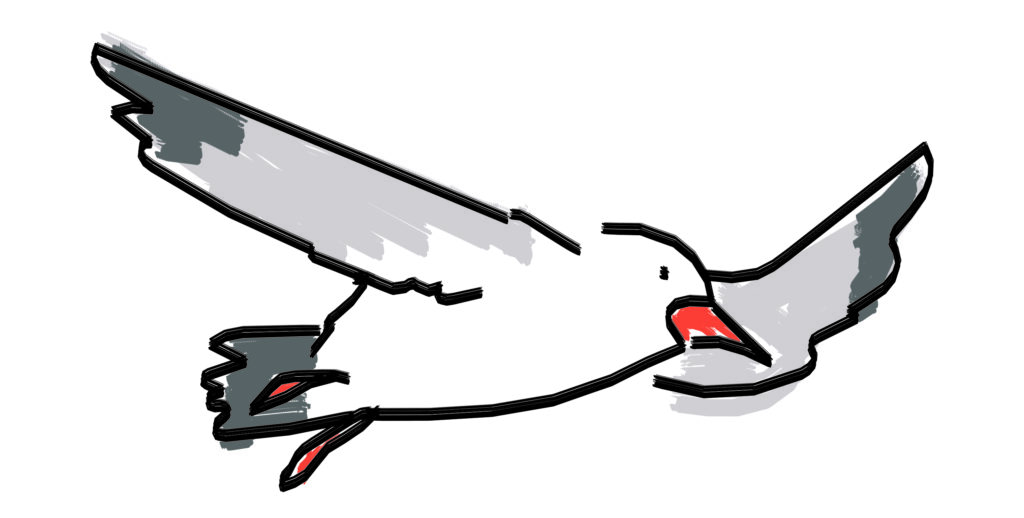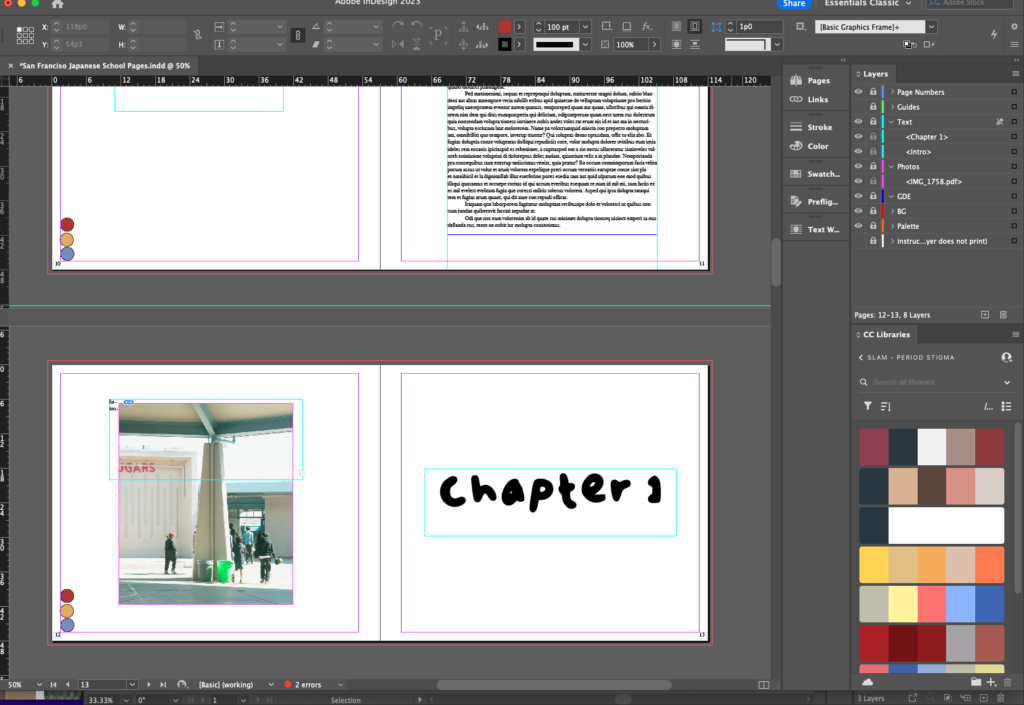DOCUMENTARY
Introduction
If someone asked me what the hardest unit of Freestyle was this year, I would answer with the documentary unit. When I first heard about this unit from a previous Freestyle student, they warned me about how time consuming and difficult this project would be. Although I took this into account, this unit turned out being much more challenging than I anticipated. Despite of that, I think that all the hardships I encountered in this project payed off. I am very proud of the final result of this documentary project.

For my Documentary project, I centered it around the Japanese school I attend every Saturday. With graduation coming up, I thought that it would be perfect to conclude this chapter in my life by making a book based on the school and its benefits to its students. In my book, I portrayed the community of San Francisco Japanese School (SFJS) and how it helps fosters a strong sense of cultural identity for its Japanese students. Because of the impact that SFJS had on developing my cultural identity after I moved to a new country, I wanted to let others know about the benefits that heritage schools have on heritage kids.

For this project, I had to do many things I wasn’t familiar with, like finding interviewees, conducting interviews, and taking documentary pictures that showcase my subject. The most challenging out of these was conducting the interviews. Coming up with questions that will give insightful answers was difficult. However, my interviewees all provided nuanced insights to the conversation that was relevant to my project. After going through the process of planing, interviewing, drafting, and finalizing my paper, I was ale to complete this difficult project.
English
The beginning of the documentary unit focused on writing the documentary paper in our english class. At first, we came up with the subject of our documentary and the angle we would approach it in. My subject was SFJS and my angle was to focus on how it helps foster cultural identity for multicultural kids.

After we came up with our idea, we began the research project. We used Diggo to organize all our sources and pull out specific quotes form them. Then, we began the outlining and drafting process. Coming up with an outline was difficult, as I didn’t know how to organize all my ideas and research. With the assistance from my teacher, I was able to get a good outline. After drafting, we began revising and editing. This process took longer than I expected, as I made many revisions and edits throughout this project. After all the edits and revisions, the paper was completed. Although writing research based paper is not my strong suit, I was able to complete the paper with a satisfying result.
Design
Our project for design was to create a book for our documentary paper we completed in English. I was especially excited for this part of the Documentary unit since I have never created a book before. I was looking foreword to having the physical final products in my hand. However, what I should’ve been aware of before hand was how time consuming this process would be. For this project, we had to take our own photos and create our own individual graphic design elements to use in our book. I was able to take some photos of the SFJS campus as well as other photos related to my culture.





My favorite part of the project process was definitely creating the graphic design elements. Because I love drawing, I incorporated many graphic design elements in my book. Because I wanted the design of the book to look more fun and youthful, I drew my drawings in a fun doodle style. I then transferred the drawings and photos in to the Indesign file and began to arrange them along with the text. After lots of edits and arrangement changes, I completed the design of the pages of the book. Lastly, I designed the book cover. For this, I created a drawing of a bridge, which reflects the title of my book, “Crossing the Bridge”.

In addition to the book, I also created a shortened version of it in the form of a magazine article in my Digital Media class.

Interviewee Bios
For this project, I interviewed three students from SFJS that provided me with their perspective on the school. Click on the Photos to view the interviews.
Aloha
Aloha is a high school Junior who is a recent graduate of SFJS. She was born in Japan and moved to America at a young age. During her times at SFJS, she participated in the the student council. She was the apart of the student council board in her high school years, and helped with many school activities like school events and morning announcements. Through her experiences at SFJS, she was able to remain in touch with her Japanese culture after moving to America.
Kotone
Kotone is a high school junior and a recent graduate of SFJS. She was born and raised in America. She has been attending SFJS since kindergarten. Through her time at SFJS, she was able to stay connected to her Japanese culture despite being raised in America. She states that SFJS has helped maintain her Japanese Language skills and understand Japanese culture and social norms.
Ryuto
Ryuto is a high school junior and a current student at SFJS in his second year of high school. Tsuruoka was born in Japan and moved to America at a young age. Through his time at SFJS, he was able to develop his cultural identity as a mixed Japanese-Indian living in America. He believes that places like SFJS are an important place that helps foster a cultural community for heritage kids.
Reflection

As we wrap up this unit, what I feel most now is a feeling of relief. I am relieved that I was able to finish this project and get it over with because of how challenging it was. After all the hours of work with the writing and design, I was able to finish my book. I am really proud of myself for working hard on this project. The most satisfying part of this unit was seeing the physical printed book. Because this is my first time printing a book, I learned lots of things through this process. For example, how rigorous the editing and revising process is, or how to arrange different pages and layouts on Indesign. I hope that I can apply these skills I gained from this project in the future.
After getting through this unit, I can say that it was filled with a lot of highs and lows. I was challenged to get out of my comfort zone during this unit and do things I wouldn’t have done if I didn’t attend freestyle. Despite the many challenges I came across when creating this project, like technical issues with indesign, getting people to interview, and writing the draft of my paper, I was able to pull through. Although this project stressed me out a lot, it is definitely the one I am most proud of.
Thank You
I would like to thank my Freestyle teachers for helping me with this project. I would like to thank Mr. Greco for helping with revising my paper and giving me helpful tips when I was stuck. I would like to thank Ms. P for teaching me about indesign and giving me constructive feedback on my designs. I would also like to thank my interviewees who took time out of their day to answer questions for this project and give me great perspective on this issue. Lastly I would like to thank my dad for helping with revising and editing my paper to make the final product great.



